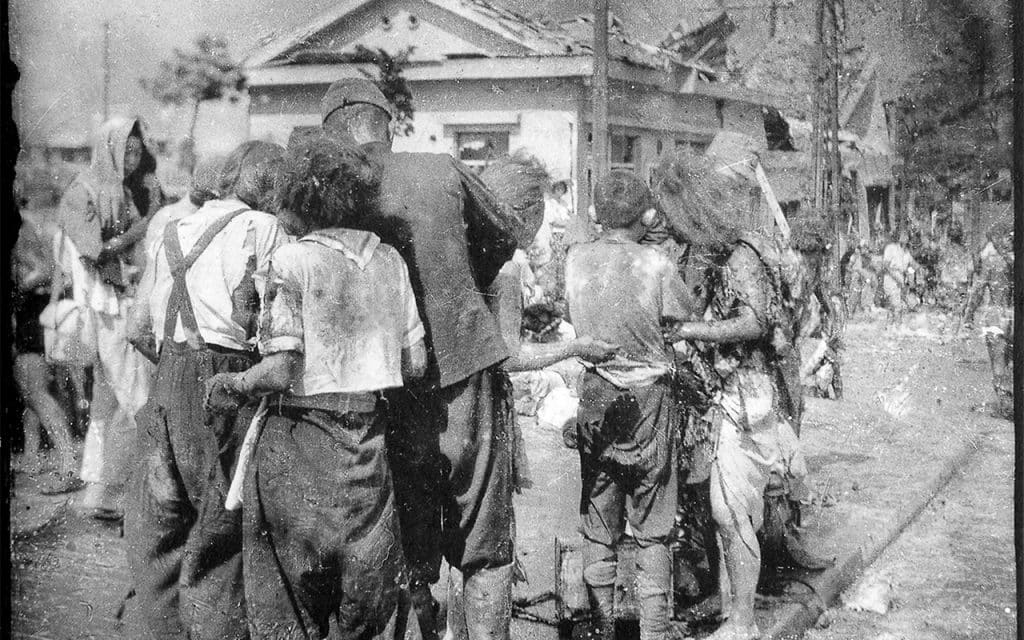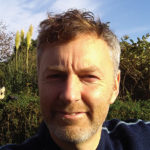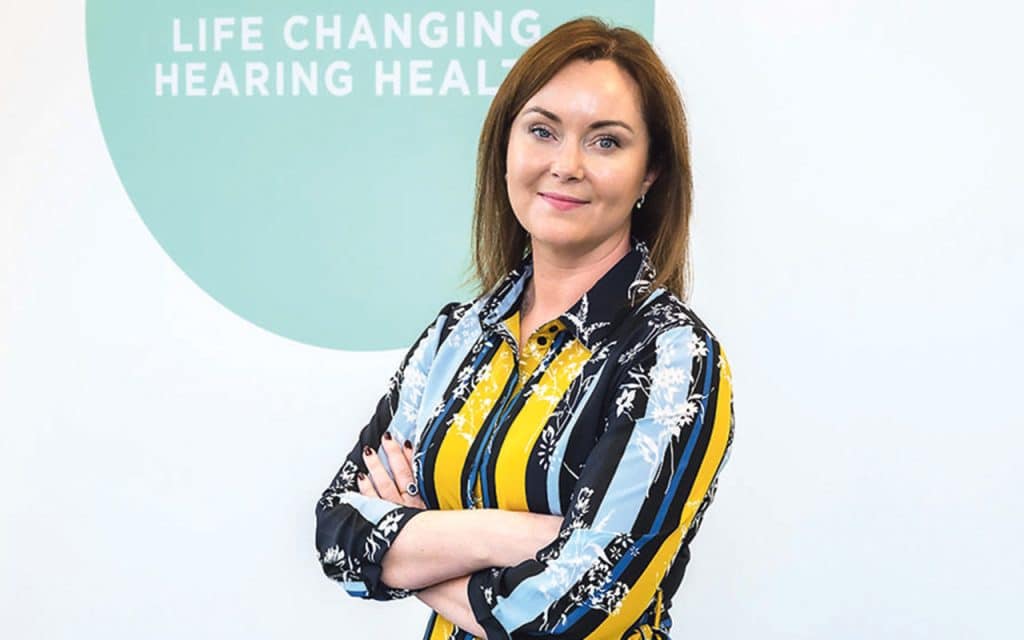
Standing at the epicentre of where the world’s first atomic bomb was detonated by the USA on August 6, 1945, is a surreal experience. Hiroshima, a modern and somewhat serene city, is less hectic and less claustrophobic than other Japanese cities, but that is to be expected given that the city had to rebuild anew when 92 per cent of all structures and houses within a two to four kilometre radius of the blast were damaged.
The juxtaposition of such horrible historical destruction with a smooth, organised and communal society is difficult to get your head around. So too is the pantomime villainous WWII Japanese soldier, a complete contrast to what are possibly the most polite people on the planet. This is not to excuse the military, which history tells us, treated their POW’s inhumanely and with barbarity, often with enforced slave labour in death camps. But reading the civilian testimony reveals a population engulfed by a system, which propagated a feudal way of life, one where the population were subjugated to the emperor and his imperialist desires.
Schools and civilians were imbued with military training and populations starved for the glory of the Japanese military that had begun expanding into China at a time when Hitler was a small boy in shorts. An advanced society nevertheless, old footage of videos in the Hiroshima museum reveals a city bustling with commerce, festivals, and pretty buildings, some cars and fine rivers. That famous building, the ‘A Bomb Dome’, build by a Czech architect in 1915, remains as a skeleton reminder of what man can do to man on such a huge scale. Iconic yet sober, it sits amongst the ruin and rubble of August 6, 1945.
And so to that day. Germany had surrendered and the Axis powers broken. Japan was all but defeated, laid to rubble, least we forget, by incessant American air-raids on military infrastructure but also on civilian life to break their morale. The emperor and his military zealots refused to buckle, though it was only a matter of time. For decades the Americans would propagate the lie that a ground invasion would cost too many soldiers’ lives, and so they decided that Japanese civilians’ lives were less valuable than an American one. Nazism and Japanese imperialism were yesterday’s news; the Soviet Union was what the Americans had their eyes on, when deciding to demonstrate their superiority to their ‘allied enemy’. What better place to do it, given the Soviets own expansionist ambitions in the region.
Witness testimony from the Museum captures a collective memory of colour: white light, dark red, yellow, orange, black rain, exploding 600 metres above ground. The locals would later call it ‘pikadon’, pika meaning flash and don, sound. The destruction was caused by blast and heat, 3,000 to 4,000 degrees of heat at the epicentre that vapourised people, where now the peace park and eternal flame lie. And of course don’t forget the high octane radiation that accompanied this weapon. On show in the museum, is the actually step where a human shadow remains, where a person had once sat and been vapourised the moment the bomb exploded.
The museum, built in the 1950s, has collated a wonderfully tragic collection of photos, pictures and items from that day: bloodied makeshift stretchers, the remains of tattered clothing, pieces of wall stained with the radioactive effervescent liquid black rain, melted medical bottles, a watch stopped at 8:33, taken from a woman who drowned in a nearby river in an attempt to escape the fire and heat eighteen minutes after the Atomic bomb exploded, and so many more testimonies. The photos are harrowing, charred bodies, men, women, babies covered in massive burns, naked, scalded, piteous to the extreme.
The word that appears most in aftermath is ‘hell’. One that stood out was a girl’s testimony that retold how, as a child, her Buddhist monk father had showed her a picture of hell. When she regained conscious after the blast, she thought she had woken up there. Skin melted off limbs, such was the heat on the ground. Another testimony of a school boy reveals how he tried to help home his fellow student who had no skin on his feet. Scorched and thirsty, when the black rain fell (a mixture of vapourised radioactive dust) people stood with their mouths open to sooth their burning tongues, unaware of the deadliest and most long-lasting effects of the weapon – radioactivity. Those and the thousands who poured into the city to help their fellows, would die in the following days and months. It began with hair loss, then bleeding gums, diarrhoea, weakness, blisters and an agonising death without any medical aid.
As if that was not enough, Truman and his administration dropped another in Nagasaki three days later; to be sure of victory; to put the fear of God into the USSR; or delight in their newfound might and experiment, this time in the plutonium version of the A Bomb (uranium was used in Hiroshima) – I’ll let you form your own conclusions.
Outside we meet an 80-year-old local man who was in his mother’s womb on that fateful day. She unbelievably survived until old age years, not without many illnesses. He showed us a small pink medical book that survivors received to help with medical costs. (He has a level four for those born to someone exposed to the bomb in that day. They were graded one to four based on exposure). Another story emerged. He told of the discrimination people faced in areas of employment, marriage, even day to day treatment by their own people and the Japanese government. He was angered by the museum’s political correctness, disillusioned at any information condemning the USA, so as not to ‘upset them’. Why, he asked, had a country that had perpetrated the atomic bomb atrocities, been allowed maintain military bases? But we already know the answer to that, don’t we.
Truman set up the ABCC, an organisation that the Japanese hoped would help with medical aid, but instead was used for experimentation, for the effects of the bomb. Bodies and dead foetus were used grotesquely for ‘research’. Today, the USA, along with Israel, UK, France, China, North Korea, Russia, India and Pakistan all possess nuclear bombs, capable of multiples of thousands, of the force that decimated Hiroshima. Decades of testing in islands, deserts, sea and underground have released countless tonnes of radiation, which must be damaging to the globe.
Can it happen again? Of course. In our own time Putin has threatened to use his nuclear arsenal in his war in Ukraine. Man’s inhumanity to man has no limits, but hope remains. The Japanese nation are testament to that; caring, communal, creating a society of respect and dignity. A city of death has become a city of hope. Like the flame that burns brightly in the Peace Park, the memory too must never be extinguished.



